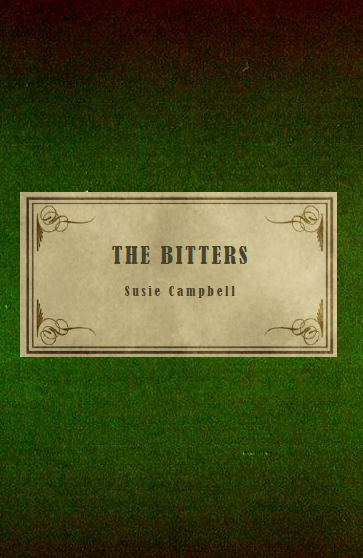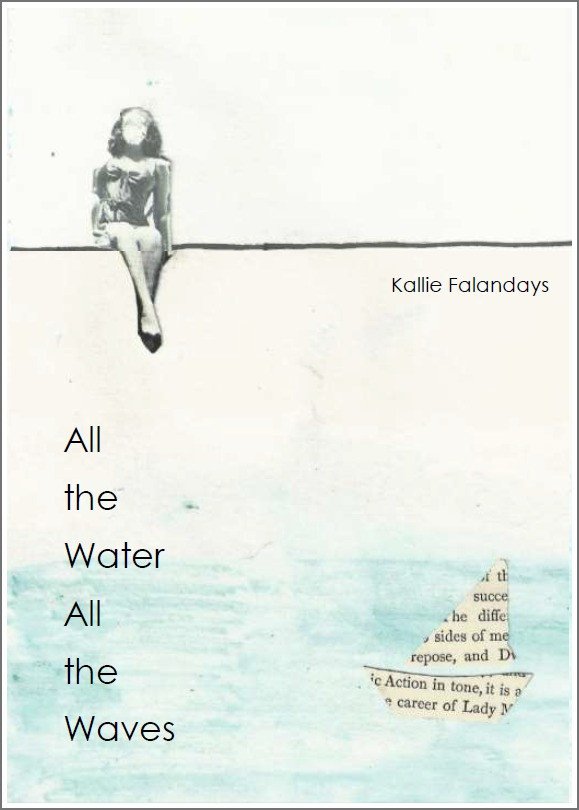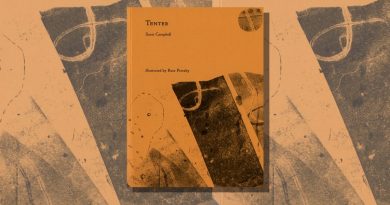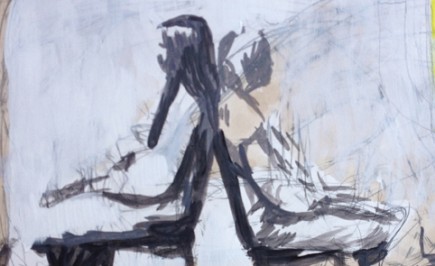The Bitters by Susie Campbell
– Reviewed by Angelina D‘Roza –
Like those Electoral Commission Adverts “If you don’t do politics, there’s not much you do do”, poetry is (often/always?) political, whether it invokes daffodils or David Cameron. So is the title “political poetry” redundant? Maybe it’s just me, but that phrase is a bit of a turn-off, not because I don’t do politics, but because it appears to privilege political agenda over aesthetics. Susie Campbell explores the poetry pamphlet as political vehicle in her first publication, but to describe The Bitters as political poetry would be to sell it short. It is beautiful.
Campbell uses various experimental writing techniques to disrupt traditional discourses of femininity and domesticity, in part inspired by archives from a former asylum where her grandmother was a patient. Her poem “Casebook” uses a composite of records and requisition lists, as well as interviews and inquest reports, to imagine narratives for some of the women who lived there, those “little snowstorms of unreason blowing around the haunted ward”:
Alice
All my raw edges soothed I am wadded from my rages these rough
canvas sleeves contain and bind me not my old cotton dress with
the daffodils that sunshine dress worked at it with my nail until I
made a small incision the first little tear was a birth a death no
going back would the heavens fall and I run naked and goatish in
the street […]
I love that the prose is made to rush and build like the tensions in the speaker’s mind, the lack of punctuation, the flowing text, serving her voice and breathlessness, enacting her psychological experience, and ending: “so I ripped until the blood ran down my legs and the flowers lay broken headed on the floor”.
And in “Jane”, the tight focus on these small objects: “They have taken away my spectacles and wedding ring. The time seems so long. I don’t know what to do with myself”. The work she could be doing if only they hadn’t taken the glasses away. “They” is such a loaded pronoun here, but also that wedding ring slipped in, for the moment as practical as spectacles for her purpose. The smallness of her world, the intricacy and detail of how she would be useful, “patching and darning”, implicitly conveys her fragility. This is realised in that lovely last image: “See how I use these butterflies for the dress trimmings. With a stitch or two they are attached to my sleeve their sky-blue wings still opening opening”. The repetition of the last words gives the butterflies movement, life, undercutting the “still” that precedes it.
These women are vulnerable, individual, quiet and frantic. They are utterly believable, but not because we see them. We’re not voyeurs or sentimentalists walking through Bedlam to cry at the curiosities. The words, sometimes heaped, sometimes circling, manipulate us until we’re living the fears and confusion of these “snowstorms”. It’s the most effective kind of political charge, moving us, making its case, through the tender ways it captures, or creates, these women.
Campbell sites Gertrude Stein as a key influence, especially her work Tender Buttons, and this is apparent in her focus on female experience, as well as her use of experimental techniques, such as collage, playing with the relationship between reader and language. Perhaps like “political poetry”, the term “experimental writing” could suggest potential for the experiment to overwhelm the poem, but Campbell works hard to get the balance right. “Strawberry Malfunction” takes recipes as its starting point and puts them through the oulipian N+7 procedure:
Bake the pie for 25 miracles and reduce the temple to 350 delusions […] Bake the pie for 25 miseries and reduce the tenant to 350 demons and bake until the transaction is golden brown, another 30 miseries.
“Miracles” and “miseries” are both godsends here, and “delusions” sits wonderfully between them. Campbell works to explode the original texts, and any implicit context of domesticity, creating a new and dynamic piece of writing.
Those traditional themes inscribed onto the female recur throughout, but they are handled with variousness across the pamphlet. Compare the rampant energy of “Strawberry Malfunction” with the delicate opening to “Sayonara Libertyville”: “Go about it gently as there are larks turning away and tracing the point where it is deepest. Where does the green come from?” And the matter-of- fact “White Work”: “I am invested in plain seams, functional edges bound to prevent fraying, truthfully sewn. The facts.” “Soft Porn” is a highlight, taking the kitchen, its “startling assortment of paddles, whips, riding crops and funny-looking feathery implements”, its smell of leather, wood and polish, as its subject. This is a political pamphlet of experimental writing, problematising traditional discourses of femininity and domesticity, but such generic labels are far too clichéd and limiting to convey the warmth and imagination of The Bitters.





